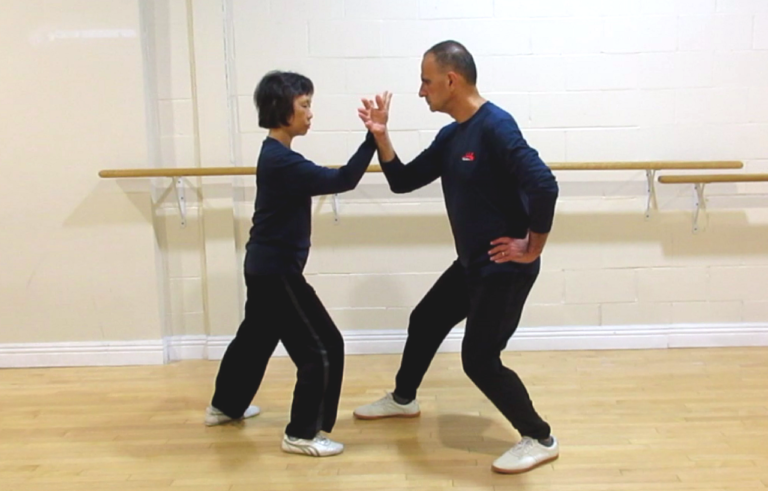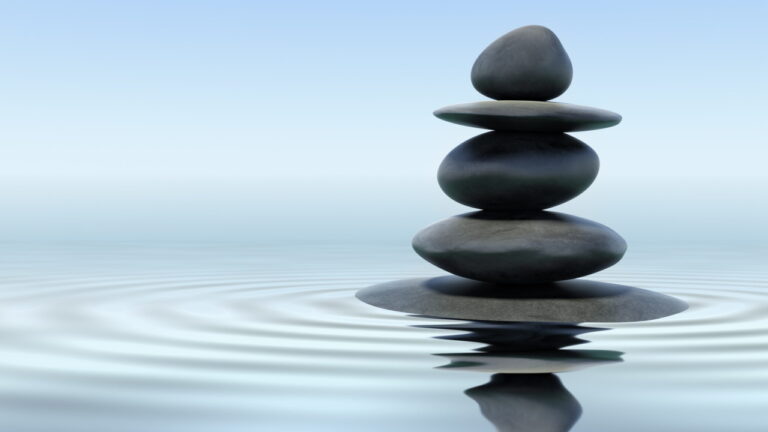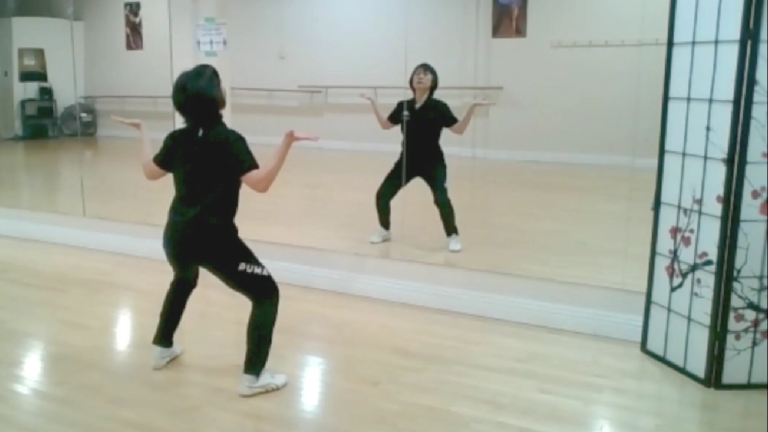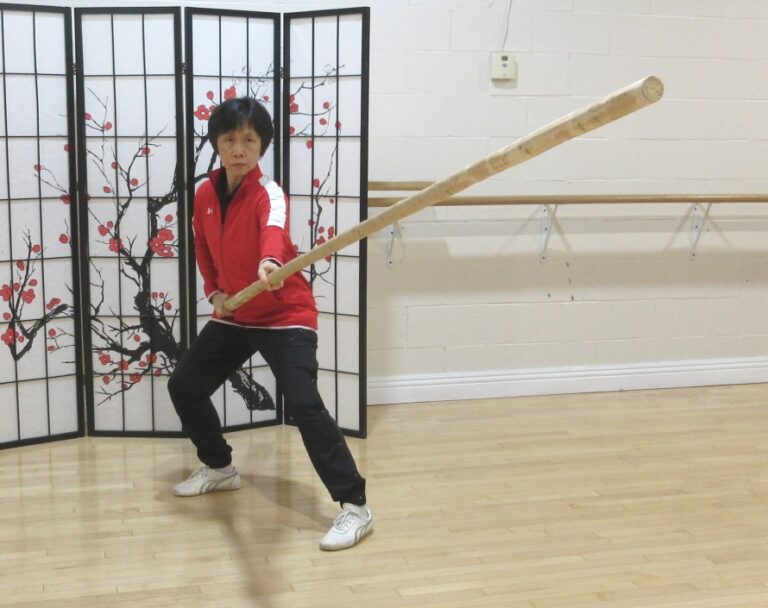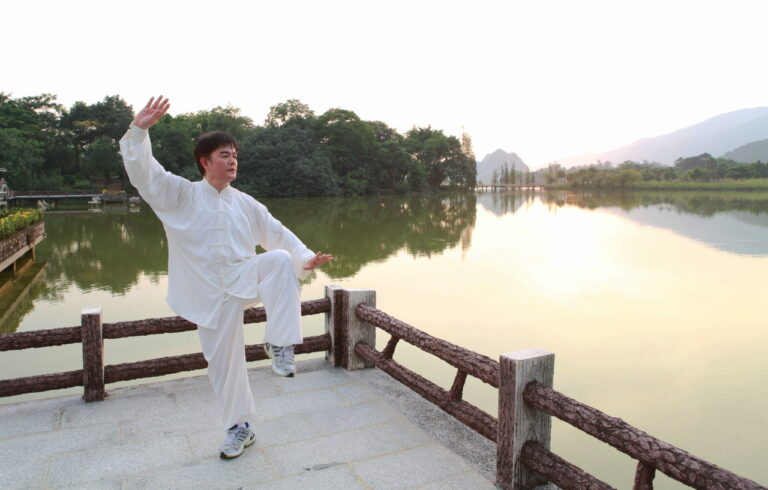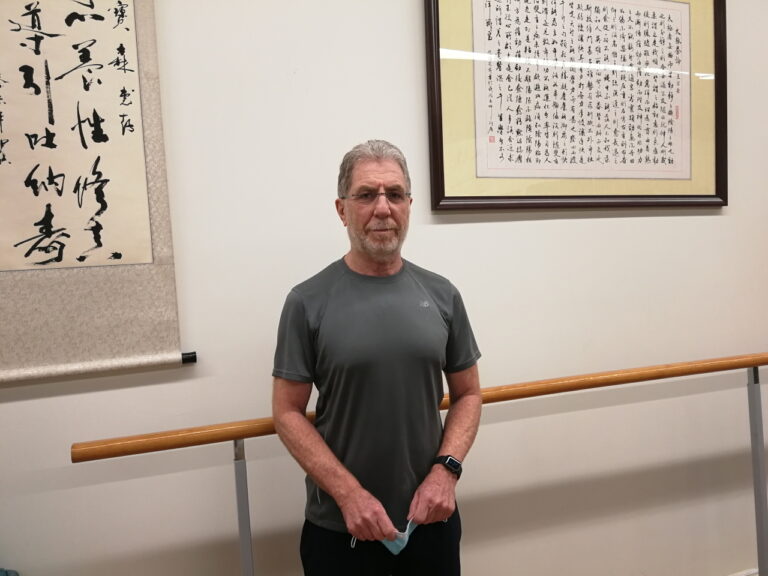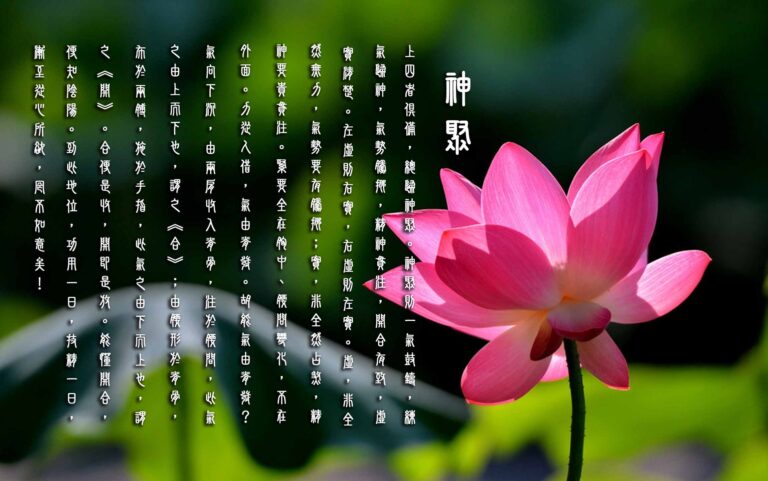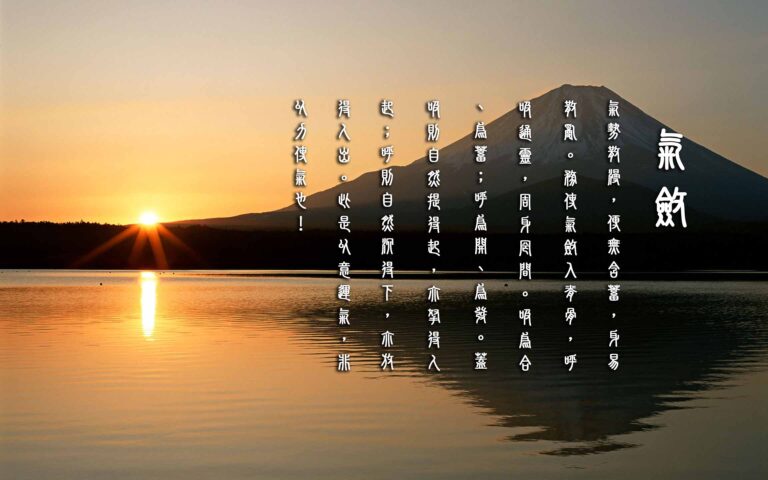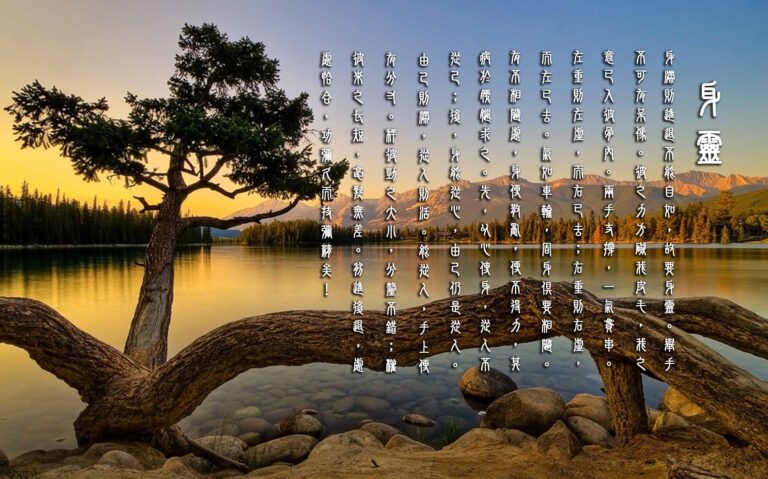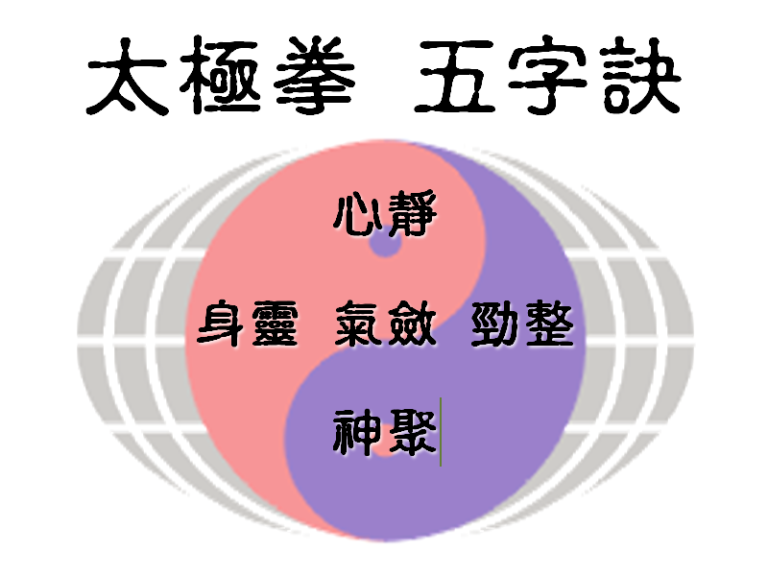Push Hands - Yang Style - Part 1
When we start our Push Hands training, one of the first exercises that we learn is the Yang Style Single Hand Push. The movement pattern is very simple, but within this simplicity is a host of challenges that takes a long time for our body to learn; as it requires strict disciplinary control of all body parts.
Tai Chi – Meditation for those who cannot sit still
As our lives become busier and more complicated, an increasing number of people find meditation a great tool to cope with the day to day stresses such as work, finance and relationships. Tai Chi, as a martial art, incorporates many of the foundations of meditation in its practice. Tai Chi is therefore commonly described as "moving meditation."
3 reasons why Qi Gong is the best online workout
Without an instructor to keep an eye on proper techniques, online classes can increase your chances of injury. So it is important to choose an exercise that is inherently safe. Here are the reasons why Qi Gong is by far the safest exercise that you can do on your own.
Long Pole exercises for Tai Chi training
The long pole is an important training tool for serious tai chi practitioners. The exercises train the internal core strength of the person and as well as the core’s connection to the whole body. Just a few minutes of working out with the long pole will completely exhaust even a fit athlete.
The importance of Tai Chi principles for Health
Tai chi focuses on internal energy and using internal or core muscles by initiating all movements from the dantian. This makes tai chi extremely beneficial to the well being of the human body. Tai chi improves both our internal energy while also providing physical fitness for our limbs and body. Tai chi benefits our whole body both inside and out.
One Tai Chi Student’s Perspective
The modern approach to Mental Health considers three domains of the human being. These three domain views of mental health is called The Biopsychosocial Model. It refers to the three domains of a person when we want to consider how to optimize the health of the whole person. The three domains are: BIO is for Biological; Psycho is for Psychological and Social refers to the interaction with others and the sociocultural environment.
Vital Energy Focused 神 聚
Once you have acquired the other four tactics, you eventually return to Focused Vital Energy. When vital energy is focused, it is continuous and uninterrupted. Training your internal force returns vital energy.
Energy is Whole 勁 整
The energy from the whole body practices to unite as one. Distinguish clearly between substantial and insubstantial.
Internal Force Converged 氣 斂
If internal force is undisciplined, then it is not stored and it is easy to scatter. Allow internal force to converge onto the spine, moving in and out unimpeded throughout the whole body.
Body Awareness 身 靈
A stagnant body cannot move freely so we need to be aware of our body. You cannot raise an arm in a trance. The moment the force of my opponent touches my skin; my intention is already penetrating his bones.
Heart is Calm 心 静
If the heart and mind is not calm, one cannot concentrate. When the arm is raised, it does not know which direction to go. Therefore, it is necessary to first achieve calmness.
FIVE CHARACTER TACTICS
The Five Character Tactics explores the five requirements or states that a tai chi practitioner needs to achieve in the process of learning tai chi.

